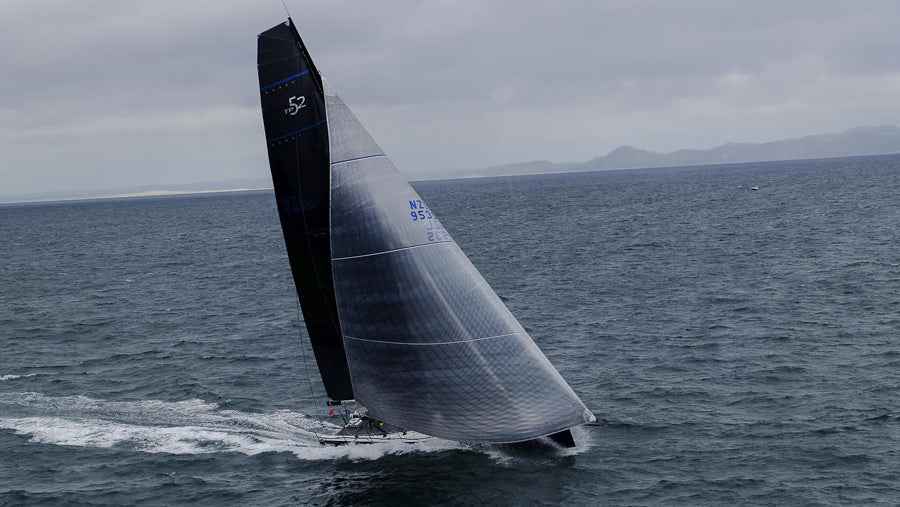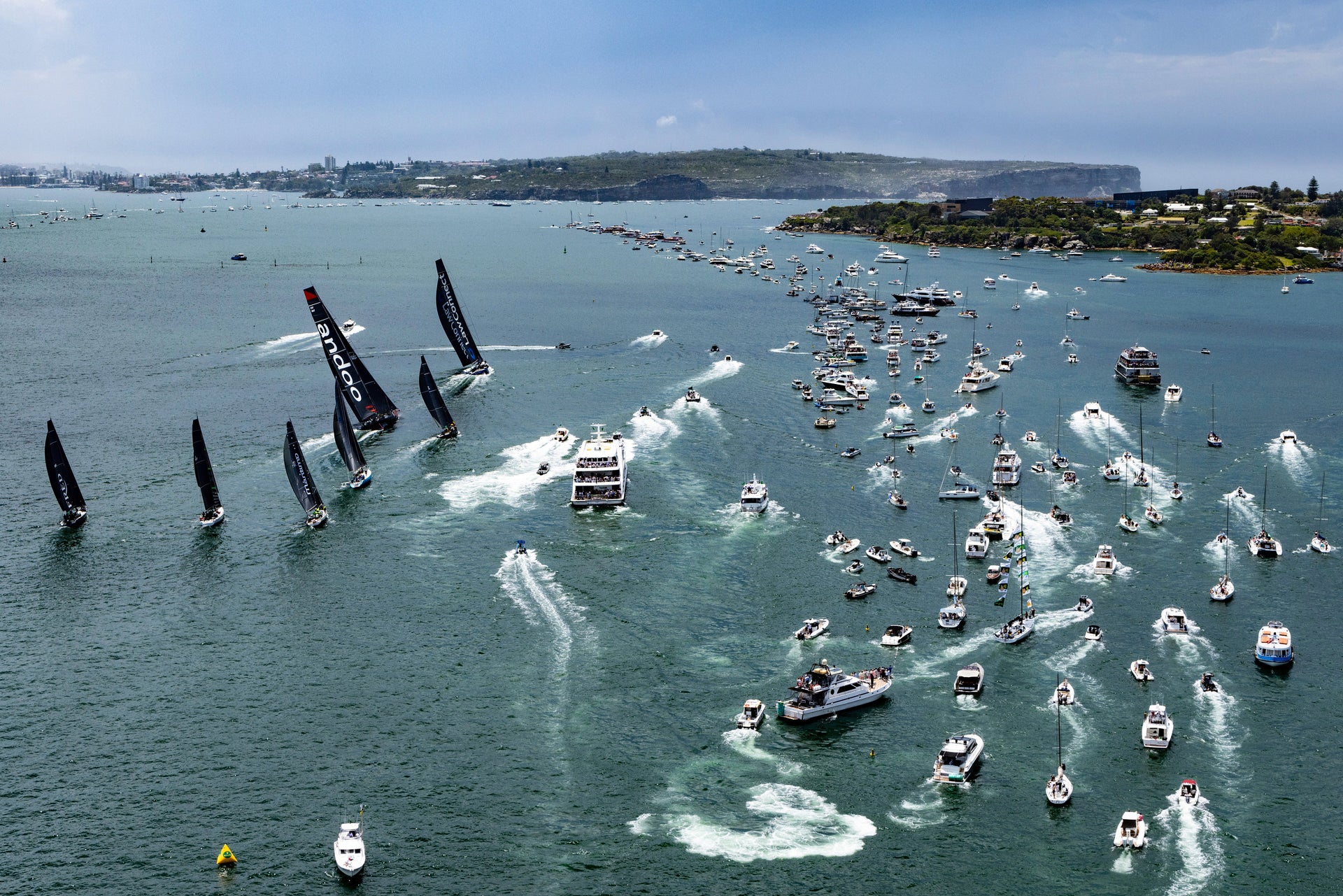COASTAL CLASSIC RACE - NORTH SAILS BRIEFING
Top Tips from the North Sails Team for this Years Coastal Classic Race

When it comes to the Coastal Classic, New Zealand’s most iconic race, the North Sails team have done it - and won it. With more than 100 Coastal Races between them, we asked the sales and loft team for their top tips on how to make the most out of the dash up the coast, no matter which division you’re in.
Andrew Wills, Sales and Marketing Manager
- Keep up the communication in the build-up to the race. We talk on the phone among the key crew the week before the start, looking at how the weather’s shaping up and what our strategy might be, what course would be best and what sails we think we might use. On the day of the race, share your thoughts with the whole crew, so everyone knows the plan.
- Concentrate on getting the best possible start, it’s a 120 mile race, but the start is critical. Get out there early and get your transits sorted, then do a few runs through the line to work out where you want to start. This is especially critical for a downwind start because you need to work out which sail you are going to be able to carry and where that line is going to take you into that first gybe by North Head. If you’re in a smaller boat, position yourself to windward of the bigger boats around you so you don’t immediately get rolled.
- As you head up the coast, keep eyes out of the boat. Conditions are always changing and you need to know what’s going on around you. There’s nothing worse than sailing yourself into a hole. The crew on the rail can make a big contribution, keeping an eye out for wind and sea conditions and watching what other boats are up to.
Matt Kelway, Sales
- Break the race into four parts and think about the expected weather, tides and sail changes and approach into the next segment for each. It’s a very dynamic coastline, so you need to be thinking ahead. Think about:
- Exiting Auckland - start line to Kawau Island
- Kawau Island to Sail Rock/Hen and Chickens. Make a decision early about going inside or outside the Hen and Chickens.
- Setting up your approach to Cape Brett. Do you want to come in close or from out wide?
- Cape Brett to the finish. Quite often there’s totally different breeze inside the Bay to what you had up the coast.
- Make sure you are pushing the boat 100 per cent of the time. This race is an awkward length - not a day race for most crews, but not long enough to go into a full watch system. Your speed team, the trimmers and drivers need to be on their A game the whole time.
- Be prepared for the evening. Before it gets dark, check your halyards and sheets are all clear, get any sails you might need ready, and have torches and headlamps handy.
Ben Costello, Service Manager
- Have your positions on the boat clearly sorted before the start. For manoeuvres, have everyone in a set position so it’s clear who’s doing what.
- No one can drive or trim the whole way, so make sure you rotate your helm and trimmers at least every couple of hours. It’s too easy to steer for too long, so make sure you change before you lose concentration. Don’t swap everyone at once, let the new helmsperson get settled before changing the trimmers.
Matt Steven, Sales
- Decide before the start on a default strategy based on weather and tides, like heading offshore, hedging the west or protecting a side of the course. If you need to make a decision while racing and you are unsure what to do, or if the team is divided, default to the strategy.
- Before changing drivers, have the new helm sit with the person who is steering for a while, talking through what’s been happening and what angles and speeds they have been sailing, so there is a smooth transition.
Richard Bicknell, General Manager
- Make a plan before you get to Bream Bay and the Hen and Chickens, so you don’t end up in no man’s land, too high or too low. Think about wind speed and angles and decide whether to take the longer route outside - which might be faster, depending on conditions - or sail less distance inside.
- If you need a rest, take short breaks rather than long ones and keep your head in the race. Stay hydrated and remember to eat, it’s more than a sprint, so you don’t want to fade away.
Guy Hewson, Production Manager
- Always be aware of what the next sail change might be. Have your sails stacked accordingly and have sheets ready to go.
- Make sure all your sails are in good condition and have been serviced before the race, so you have all your options ready to go if you need them.
To everyone racing, good luck!
 When it comes to the Coastal Classic, New Zealand’s most iconic race, the North Sails team have done it - and won it. With more than 100 Coastal Races between them, we asked the sales and loft team for their top tips on how to make the most out of the dash up the coast, no matter which division you’re in.
When it comes to the Coastal Classic, New Zealand’s most iconic race, the North Sails team have done it - and won it. With more than 100 Coastal Races between them, we asked the sales and loft team for their top tips on how to make the most out of the dash up the coast, no matter which division you’re in.

























